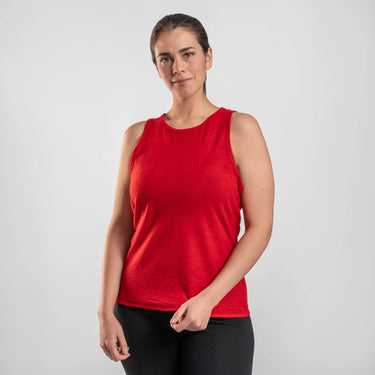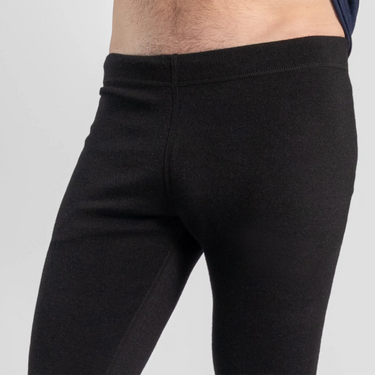An All Season Wool
Extreme Climate Changes make Alpaca Wool: An All Season Wool
Extreme Climate Changes make Alpaca Wool: An All Season Wool

Why Alpaca is best for winter?
We visited the alpaca farmers in Peru to find out alpacas are taken to the high Andes for grazing almost everyday. With temperatures reaching below freezing level every morning and late evening, alpaca wool keeps them warm. Their wool naturally withstands any harsh, cold temperatures and high winds.
Why Alpaca is best for summer?
Once the sun rises, the skies clear and the heat of the sun increases temperatures to 25 C rapidly. At high altitude, people immediately feel the heat of the sun and and require shade for solar protection. However, in the Andes, alpacas graze in the sun without any shade. This is only possible because alpaca fibers protect them from UV radiation. The tube like fiber allow the alpacas to not overheat.
Extreme Climate Changes make Alpaca Wool: An All Season Wool
A typical day in the Andes is not only sunshine and windy but rainy and harsh. The drastic change from extreme cold to extreme hot is only withstand by alpacas. Their wool is smart is able to withstand any seasons.
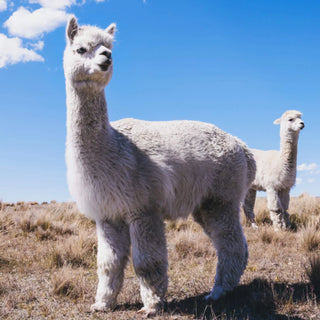
Discover why alpaca wool outperforms Merino in insulation, UV protection, and sustainability. Nature’s ultimate fiber for extreme weather and outdoor wear.
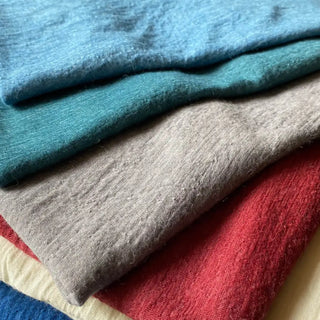
Learn about natural dyesfrom the Andes and low impact dyes that bring our alpaca wool to life—biodegradable, skin-safe, and GOTS-certified.
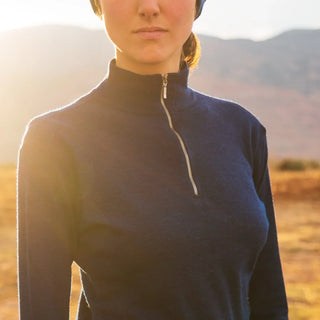
Learn how to layer clothes for outdoor activities with base, mid and shell layers. Stay warm, dry, and comfortable in any environment.
Your cart is currently empty.
Start Shopping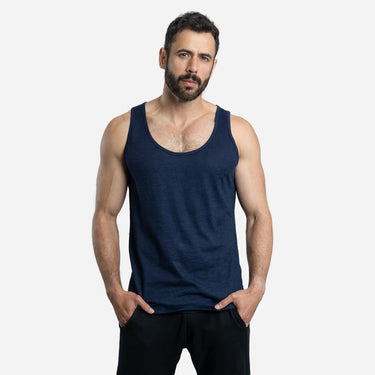
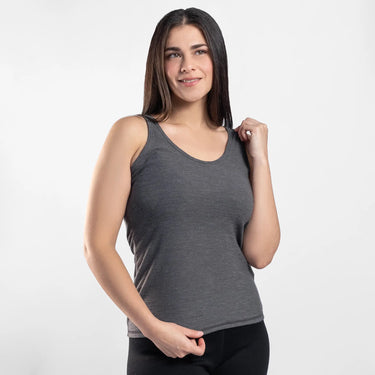
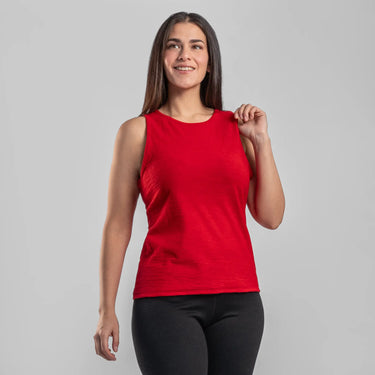
160 Ultralight
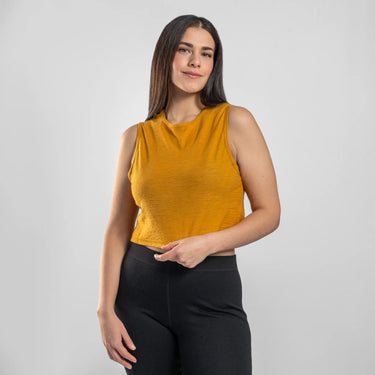
160 Ultralight

300 Lightweight
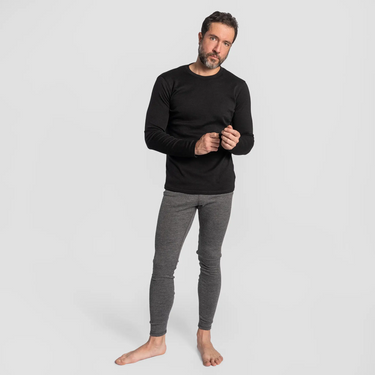
300 Lightweight


